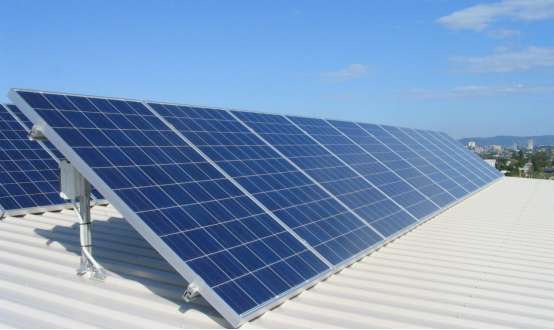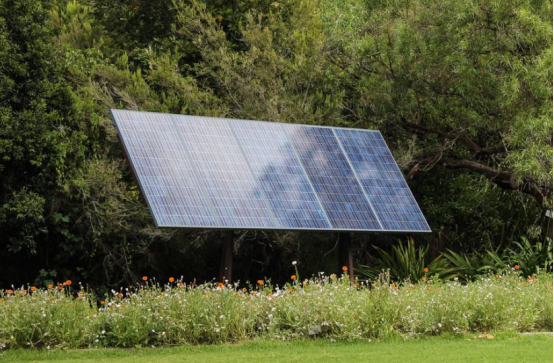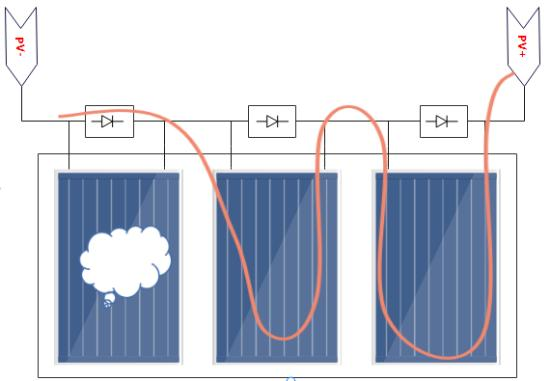At present, there are three common types of solar panels on the market, namely: monocrystalline silicon solar panels, polycrystalline silicon solar panels, and thin-film solar panels. A solar panel is composed of dozens of solar cells that absorb the energy of sunlight and convert it into direct current. Most solar energy systems include an inverter that can convert direct current to alternating current for household use. In addition, energy storage batteries can store unused solar energy for use at night, outdoors, or during power outages.
Monocrystalline silicon solar panel

Single crystal solar panels are the most popular and widely used solar panels today, especially in rooftop solar panel installations. They are composed of single crystal silicon. During production, the “seed” crystals of silicon are placed in a pure silicon melt pool at high temperatures, forming a monocrystalline silicon crystal called a silicon ingot. It is cut into thin silicon wafers and then used to make solar panels. Electrons that generate current in monocrystalline silicon have greater mobility. Therefore, monocrystalline silicon solar panels are more efficient than polycrystalline silicon solar panels, with efficiency levels ranging from 21% to 24%.
Price: Due to the complex manufacturing process, monocrystalline solar cells are slightly more expensive than polycrystalline and thin-film solar cells.
Efficiency: Approximately 20% to 24%.
Polycrystalline silicon solar panel

Similar to monocrystalline silicon solar panels, polycrystalline solar panels are made of silicon, but the cooling process is different, which produces multiple crystals instead of one. Due to their manufacturing process, polycrystalline solar panels are generally blue toned. However, due to their lower silicon purity and structure compared to single crystal panels, their efficiency in energy conversion and space is relatively low, typically only 16% to 20%; It also has poor heat resistance, so it is not recommended to use it in hot climates throughout the year.
Price: Polycrystalline solar panels are easy to manufacture and priced lower than monocrystalline solar panels.
Efficiency: about 16% to 20%.
Thin film solar panels

Thin film solar panels are made by depositing a thin layer of photovoltaic material on a solid surface, such as glass. These photovoltaic materials include amorphous silicon (a-Si), copper indium gallium selenide (CIGS), and cadmium telluride (CdTe). Each of these materials produces a different ‘type’ of solar panel, but they all belong to the category of thin-film solar cells. The biggest feature of thin-film solar panels is their flexibility and the lack of support from solar brackets, making them lighter and easier to install. Unlike crystalline silicon solar panels with standard sizes of 60, 72, and 96 cells, thin-film solar panels can be customized to meet specific needs. However, their efficiency is lower than that of standard silicon solar panels.
Price: Thin film solar panels are cheaper than crystalline solar panels, but have a shorter lifespan.
Efficiency: about 14% to 17%.
In summary, single crystal solar panels are the optimal choice for household power supply within limited roof space and budget constraints; If the budget is limited, polycrystalline solar panels are a feasible alternative solution; For scenarios with large areas of installation space, thin-film solar panels are more suitable.


